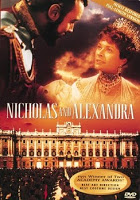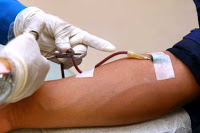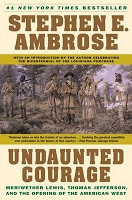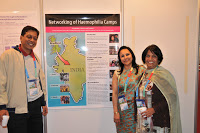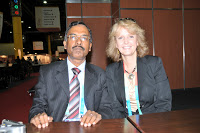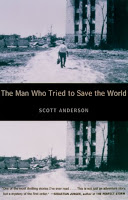Sunday Night at the Movies
Movies are on my mind for two reasons: 1) we finally broke down and bought a real TV (no one in our house has watched TV or movies in months, possibly years, since we cancelled cable and then our TV died, and 2) I was privileged to watch the new documentary “Bad Blood,” by director Marilyn Ness. This movie debuted July 28 in New York City, and I was invited and couldn’t attend due to travel. You can watch the trailer on YouTube. It’s about history, our history, the history of hemophilia, AIDS and hepatitis C. I want to blog about what I saw, but…. you’ll just have to wait for the review to come out in PEN in November!
Instead, let me offer you another movie about hemophilia history: “Nicholas and Alexandra.” Made in 1971, based on the Pulitzer Prize winning book by Robert K. Massie, who is the father of Bob Massie, who was in the film “Bad Blood,” it’s the story of the most famous historical figure with hemophilia: Prince Alexis, heir to the Russian throne.
Massie boldly hypothesized that hemophilia was influential is causing the Russian Revolution of 1917, in which the Communist came to power, as the royal family was preoccupied with their only son’s suffering from untreated bleeds. Enter the evil, mad monk Rasputin, one of history’s most easily recognized figures, who was able to hypnotize the boy and calm him, and gain control over the affairs of state, and you have a true story that is almost too unbelievable to be true. And it starts as a beautiful love story between the royals. I loved the book, but the movie deserves praise too.
Directed by Franklin J. Schaffner (known for “Planet of the Apes” and “Papillon”), it was nominated for Best Picture, and is sumptuous in its costumes, settings and scenes. The acting is superb. There are heart-wrenching moments watching the parents agonize over the pain their son suffers. You’ll learn about Russia, history, hemophilia and human nature. The film ends abruptly and brutally in August 1917, as the story of the Romanovs did, in real life.
Rent it on Netflix this week, or buy it on eBay. It’s worth having; if your child has hemophilia, be sure they watch this to know the importance their disorder made to the world. World War I changed the entire world forever, and so perhaps, did hemophilia.
Great Book I Just Read
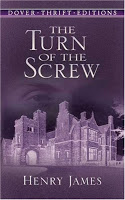 The Turn of the Screw by Henry James
The Turn of the Screw by Henry James
And speaking of classics, I read Henry James’s The Turn of the Screw in one night. A psychological thriller, beautifully written, and it always keeps you guessing. This is one book meant for a book club. In the nineteenth century England, a governess is sent to live in a huge, remote mansion, to tend to a young brother and sister who have no mother. She soon believes that the former caretaker, Peter Quint, has returned from the grave to possess the children’s souls… or is she only imagining the apparitions, the noise, the children’s own secret glances and whisperings, as though they were in on the scheme? Cleverly written, there appears no right or wrong answer, despite the happenings and events, or is there? Enjoy a spooky night at home with this book, also made into an excellent movie by the name of “The Innocents.” Four stars.

